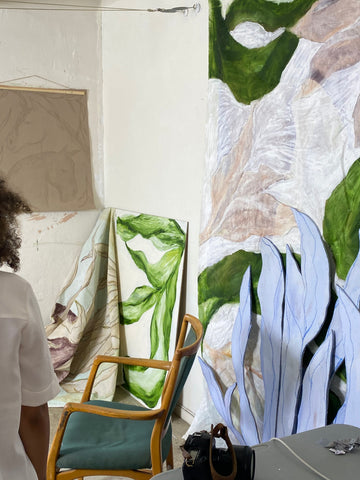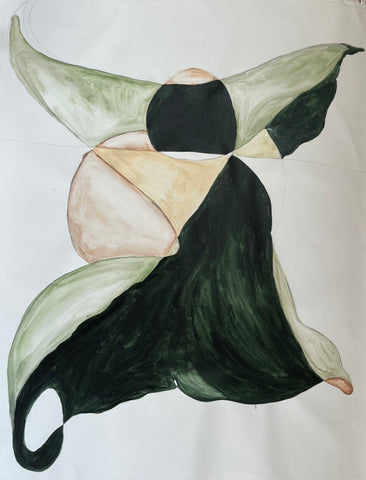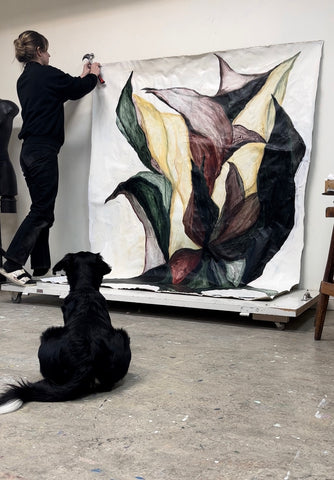Buying original art can be a rewarding and enriching experience. It allows you to connect with the creativity and expression of the artist, while also adding a unique and personal touch to your living space. However, it's important to approach the process thoughtfully to ensure you find a piece that resonates with you. In this guide, we'll walk you through some key considerations to keep in mind when purchasing original art.
- Understand Your Preferences:
Before diving into the art market, take some time to reflect on your personal taste and preferences. Consider the style, medium, and subject matter that speaks to you. Do you prefer abstract, impressionistic, or realistic art? Are you drawn to paintings, sculptures, or mixed media? Knowing your preferences will help narrow down your options and guide your search.
- Set a Budget:
Determine a budget that you're comfortable with before you start shopping. Original art comes in a wide range of prices, from affordable pieces by emerging artists to high-end works by established masters. Be realistic about what you're willing to invest, and remember that art is not just an expense, but an investment in culture and personal enrichment.

- Research Artists and Styles:
Familiarize yourself with different artists and art movements to gain a deeper understanding of the art world. Explore local galleries, attend art exhibitions, and visit museums to get a sense of what resonates with you. Researching artists and styles can help you identify the kind of art that speaks to you and give you a better context for your purchase.
- Connect with the Artist:
If possible, try to connect with the artist whose work you're interested in. Understanding the artist's inspiration, process, and background can add a deeper layer of appreciation to the piece. Many artists are more than happy to discuss their work with potential buyers and may even provide insights that you hadn't considered.
- Consider the Space:
Think about where you intend to display the artwork. Consider the size, color scheme, and overall aesthetic of the room. The art should complement and enhance the space, rather than clash with it. Take measurements to ensure the piece fits comfortably in the chosen location.
- Trust Your Instincts:
When you encounter a piece that resonates with you, trust your instincts. Art is a personal experience, and what speaks to one person may not resonate with another. If a particular piece evokes an emotional response or sparks your curiosity, it may be a sign that you've found something special.
- Ask Questions:
Don't be afraid to ask questions about the artwork. Inquire about the materials used, the artist's inspiration, and any relevant background information. This can provide valuable insights and deepen your connection to the piece.
- Consider the Long-Term:
Think about how the artwork will fit into your long-term vision for your space and collection. Original art is an investment, and it's important to choose pieces that you'll continue to cherish for years to come.

SHOP ORIGINAL ART
Buying original art is a unique and personal journey that can be incredibly rewarding. By understanding your preferences, doing your research, and trusting your instincts, you can find pieces that resonate with you on a profound level. Remember, there's no right or wrong way to appreciate art—what matters most is the connection you forge with the piece. Happy art hunting!

